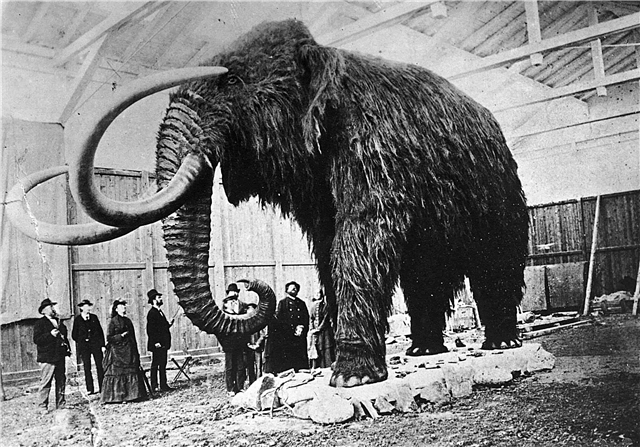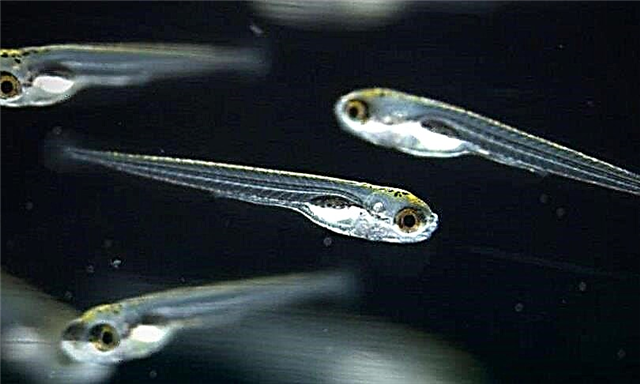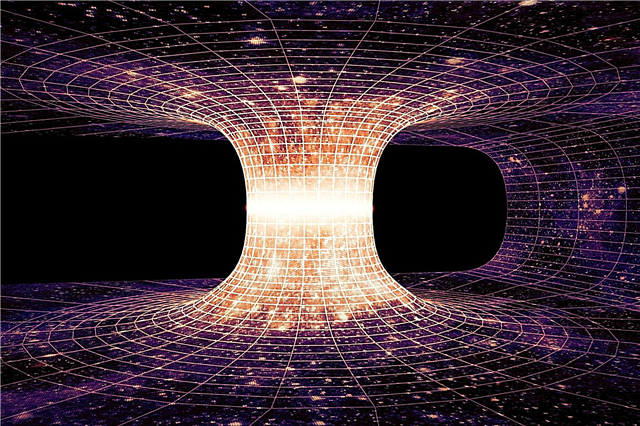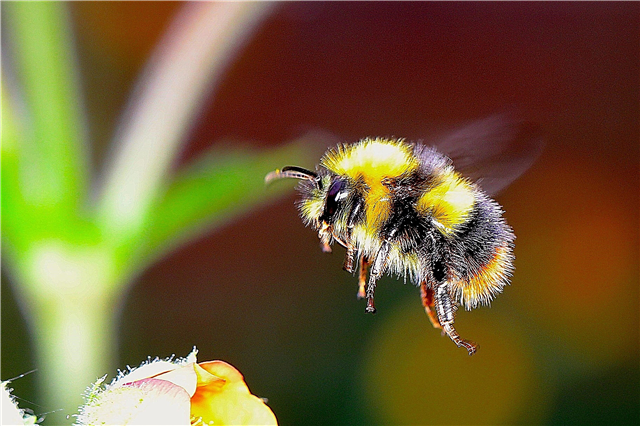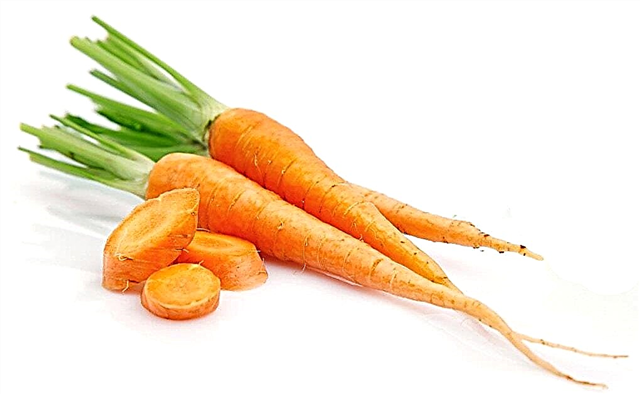
A piece of sugar thrown into the water disappears after a while - it becomes invisible. But what do these familiar words mean?
The sweet taste of water and the smell that spread throughout the room clearly say that neither sugar nor the aromatic substances of the cologne disappeared. What happened to the dissolved sugar and evaporated cologne?
Similar questions arose before people as soon as they learned to reflect on the natural phenomena occurring around them. What happens to a liquid when it evaporates? Why do solids turn into liquids when heated and solidify again when cooled? How to explain that when heated, the bodies expand, increase in volume? All this required an answer, occupied the inquiring mind of man. And already many millennia ago the idea arose that all substances consist of the smallest and therefore invisible particles.
Dissolving, the substance breaks up into invisible particles, which are mixed with the same invisible particles of water. Particles of liquid come off its surface and fly away, scattering in the surrounding space - the liquid evaporates. The same thing happens with any vaporizing liquid.
In solids, the particles are firmly interconnected, but under the action of heat, the bond between them weakens and the solid turns into a liquid. Bodies expand when heated because the distance between the invisible particles of which they are composed increases.The assumption of such a “granular” structure of substances made it possible to explain very many and very different phenomena.

At first it was just a bold guess. In those days, science was still in its infancy and could neither prove the existence of invisible particles nor investigate them. But centuries passed, and the hunch turned into a strictly grounded scientific theory. Now the doctrine of invisible particles is the basis of all sciences of matter. Scientists have found completely indisputable evidence for the existence of these particles and developed ingenious, accurate and reliable ways to study them.
So, sugar thrown into water breaks up into invisible particles. These particles are called molecules. The molecules are very small. Measuring them with the usual measures of length - centimeters or millimeters - is the same as measuring the thickness of the hair in kilometers. In the world of invisible particles, their units are accepted. This measure of length is called an Angstrom (by the name of the scientist who applied it) and is designated A. It is equal to a hundred millionth of a centimeter.
The number of molecules even in a tiny speck of matter is huge. Imagine that you threw one single grain of granulated sugar into Lake Baikal. If you now thoroughly “stir” the lake so that the sugar molecules are evenly distributed throughout its volume, then in every liter of Baikal water there will be more than two hundred sugar molecules. And if the molecules that make up the same tiny crystal could be distributed equally to all the people living on earth, then each would have got two billion molecules.
Why are the properties of substances different?
We know a lot of different substances: salt, chalk, sugar, water, copper, iron, alcohol, vinegar and so on. We distinguish these substances in appearance, taste, smell and other characteristic signs, properties. The question arises: why are the properties of substances different? Why, for example, is alcohol flammable and water not combustible? Why is sugar charred when heated, but not salt?
If we could consider molecules enlarged tens of millions of times, we would see that the molecules, no matter how small, are built, in turn, from even smaller particles - atoms. The atoms that make up the molecule are closely interconnected and arranged in a specific order.
Compare a water molecule with a sugar molecule
A water molecule consists of only three atoms, and in a very complex sugar molecule there are much more, the sizes of these molecules, their weight, the mutual arrangement of atoms in them are different. This is the reason for the difference between substances; their properties are different because each substance consists of different molecules than all other substances. And only as long as the molecules of the substance remain unchanged, until their structure changes, the substance remains itself.
When we dissolve sugar, we break it down into separate molecules, but do not destroy it, do not damage the molecules themselves, and sugar remains sugar, retains its properties (for example, sweet taste). Well, and if you go further and break up the molecules? What will become of sugar then?
Well, it can be done!
To do this, just heat the sugar. It will melt, darken, unpleasantly smelling gases will be emitted from it, and soon only a little light porous coal will remain from sugar.Under the influence of high temperature, sugar molecules break down, and sugar turns into several other substances, whose properties are completely different from those of sugar. Some of them fly away in the form of vapors and gases, while others remain in the form of a carbonaceous residue. The destruction of molecules led to the destruction of sugar, to its transformation into other substances.
Molecules are not just negligible grains or droplets of a substance that differ from large pieces and droplets only in size. There is a significant difference between the smallest grain of a substance, consisting of only a few molecules, and a molecule: a grain can be divided into parts without destroying the substance itself, this cannot be done with a molecule.

